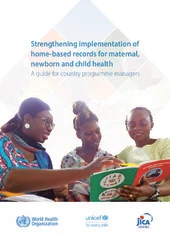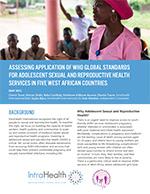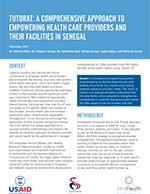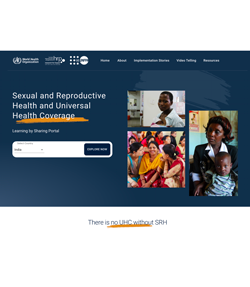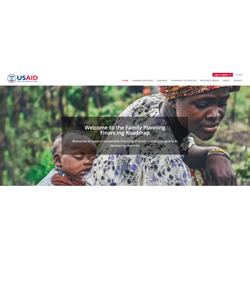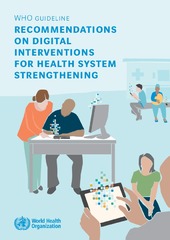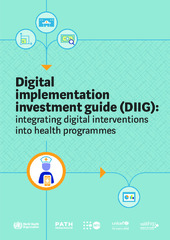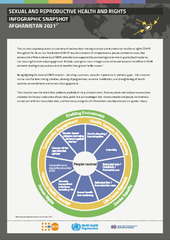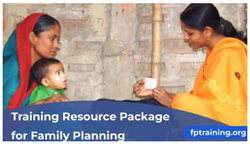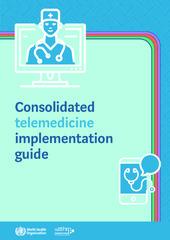Strengthening Implementation of Home-Based Records for Maternal, Newborn and Child Health: a Guide for Country Program Managers
The World Health Organization recommends the use of home-based records as a complement to facility-based records for the care of pregnant women, mothers, newborns, and children in order to improve care-seeking behaviors, men’s involvement and support in the household, maternal and child home care practices, infant and child feeding, and communication between health workers and women, parents, and caregivers.
Despite the wide use of home-based records, implementation challenges persist, such as stock-outs, incorrect use of home-based records by health workers or low retention by women, parents, and caregivers that impede the home-based record’s potential.
The guide was developed in response to the implementation issues and seeks to provide decision-making tools and activities, links to existing resources , and examples from countries that can be used to strengthen processes for planning, design, implementation, and monitoring of home-based records.
Accompanying resources can be found here.
Last modified: March 31, 2023
Language: English
Source: WHO
Year of Publication: 2023

